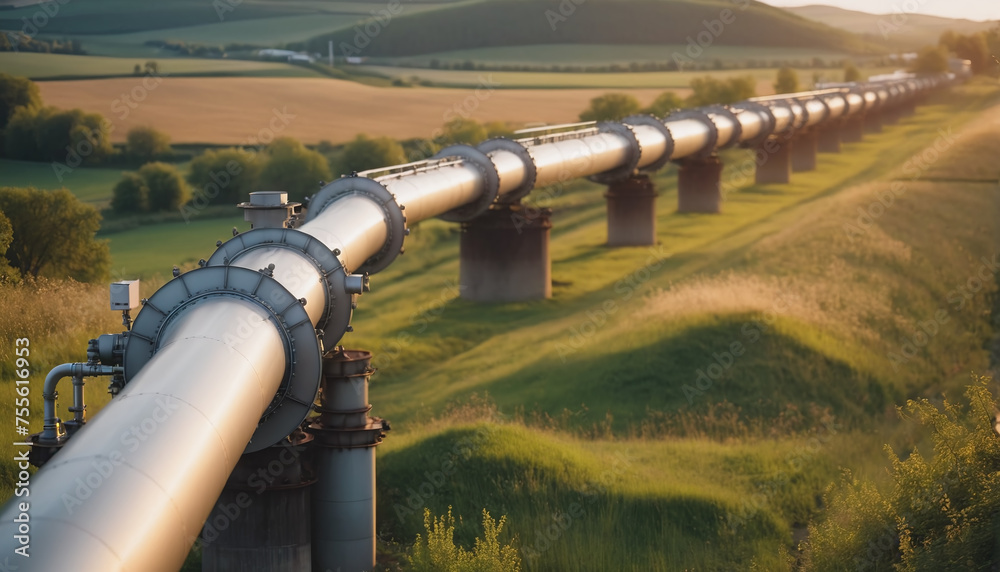· Brian Horton · Markets · 2 min read
Natural Gas Futures Surge for February 2025: Cold Weather and Rising Demand Fuel Price Jump
Monday saw the largest daily increase since the February 2025 contract began trading in 2012

Natural gas futures for February 2025 surged by 16%, closing at $3.936 per million British thermal units (MMBtu) on Monday, marking the largest daily increase since the contract began trading in 2012. At one point, the contract hit a two-year high during intraday trading. The sharp rise is largely attributed to forecasts of colder weather, potential supply disruptions, and strong global demand for liquefied natural gas (LNG).
The National Weather Service has predicted a higher likelihood of colder-than-normal temperatures across the U.S. East and Midwest, reversing the mild weather seen earlier in the season. The cold snap expected in early January from Texas to Michigan and Georgia is anticipated to drive up demand for natural gas, particularly for heating. This weather shift has sparked a buying frenzy, with traders bracing for a significant surge in energy demand.
Compounding the situation is the potential for production disruptions, especially in shale fields. Freezing temperatures could cause wellheads to freeze, reducing output, particularly in the Marcellus Shale in Appalachia. These concerns about tightening supply come after a year of relatively stable prices, with natural gas futures remaining below $3 for most of 2024. However, with winter demand expected to peak and production potentially curtailed, the market is reacting to the prospect of supply shortages.
Additionally, rising global demand for LNG is placing further upward pressure on U.S. natural gas prices. As LNG exports from the Gulf Coast rise, driven by expansions at major facilities like Cheniere Energy’s Corpus Christi LNG plant and Venture Global’s Plaquemines LNG terminal, the supply-demand balance is tightening. Countries around the world are seeking to secure LNG amid geopolitical risks and supply constraints, and the U.S. is seeing a growing appetite for its natural gas exports.
In summary, the sharp rise in February 2025 natural gas futures is driven by forecasts of colder weather, concerns over potential production disruptions, and an increase in global LNG demand. With winter heating demand expected to peak and possible supply constraints, natural gas prices are likely to remain volatile in the months ahead. Traders and investors will need to closely monitor these developments as market conditions continue to evolve.
- Natural gas futures
- NYMEX February 2025